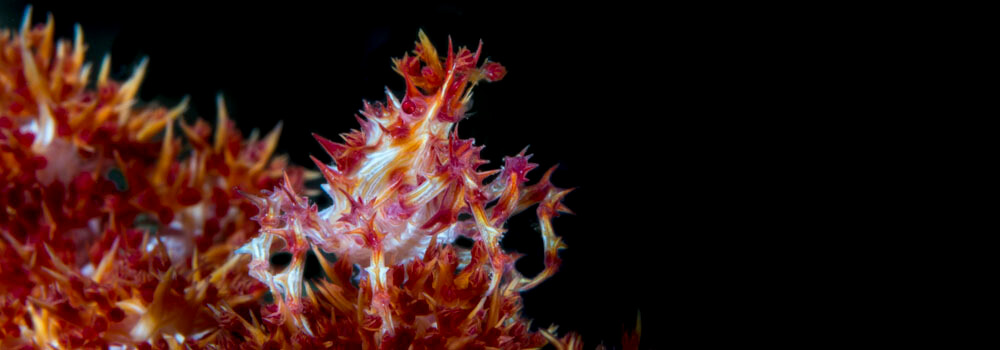
Kimbe Bay, Papua New Guinea Snorkeling Tour, 2016 Trip Report
In our introduction to this trip, we wrote that we’ve wanted to visit Kimbe Bay, Papua New Guinea for a long time. With the wait over, and a fair bit of expectation, our first Coral Triangle Adventures snorkeling tour to Kimbe Bay was an unequivocal success. The reefs in the bay are simply amazing. From slivers of remote reefs that nearly break the surface of the water to extensive fringing reefs that spread out over several kilometers, not one of them failed to deliver on examples of healthy, vibrant reefs that attracted what seemed like thousands of reef fish.
We spent most of our time along the western perimeter of the bay. In all of my experience, I have never snorkeled on such a vast network of reef where several unique habitats seemed to coexist in the same area. Many of the fringing reefs consisted of a type of typography that reminded me of rolling hills with lush, diverse fields of coral instead of green grass. Interwoven within the hills of coral where sand channels, sometimes made up of black volcanic sand and sometimes with white, limestone grains. All of the reefs we snorkeled upon were bathed in crystal clear water, giving us an unchallenged view of the expansive reef system. The fish life was just amazing with thousands of reef fish hovering and swimming above every square inch of reef space. After our first day, we all agreed that if this was the type of trip we had in front of us, we could not think of a happier existence.
Similar to the fringing reefs, the steep platform reefs that were often exposed at low tides provided us with a lot of excitement. The walls along the reef margins contained a variety of both soft and hard corals and the immense schools of fish like pyramid butterflyfish, purple anthias, bigeye jacks, chevron barracuda, and bignose unicorn fish seemed to be staples on each remote reef system we visited. Turtles and reef sharks, including grey reef sharks were also common sightings. The walls also had a variety of feather stars and sea fans, with a seemingly high abundance of some of the rare commensal shrimps and crabs. I’ve not been to a place where we could consistently see featherstar shrimp and squat lobsters, xeno and soft coral crabs in less than 2 meters of water. What a treat! And the tops of the reefs were capped with nearly one hundred percent coral coverage consisting of both hard and soft corals. Even the small plots of rubble (a natural part of reef ecology), provided us with a habitat where we could see new and amazing fish. Our tops were the yellow-tail pygmy angelfish and juvenile blue-lined surgeonfish.
Our time out in Witu Islands was amazing. The main island of Garove is an extinct caldera tha tis nearly enclosed, having a small opening that lies to the south. We snorkeled several bays around the outside of the caldera and these areas had great reefs that consisted of soft and hard coral. The great part of tthese snorkels included black sand habitats. Anyone that has been with us knows that we love sandy habitats, where several critters, often fan-favorites, like sea horses, scorpionfishes, and pipefishes, and nudibranchs can be found. Amongst the black sand, the critters we saw were even that much more colorful as they contrasted nicely against the dark substrate. Middle reef was a huge platform reef that had a very large sinkhole towards the eastern end. The outside of the reef is a steep drop-off that attracted everything form pyramid butterflyfish to grey reef sharks. We even had a dugong come by! In the sinkhole, the coral was exceptional. As a matter of fact, the reef flat leading to the sinkhole had some amazing thick-branched Acropora colonies that were yellow, pink, purple, blue, just about every color imaginable. Our finale at the Witu islands was snorkeling the island inside the caldera. It was an interesting habitat with lots of encrusting sponges and tunicates that added lots of color to the wall. We also loved the fallen trees that attracted juvenile fish like longfin spadefish. Juvenile many-spotted sweetlips and a sargassum frogfish were also spotted. The geology added to the ambiance and almost everyone agreed that this was one of their favorite snorkels.
Another treat for us were the abundance of bird life around the islands. Parrots, eagles, imperial pigeons, bee-eaters, kingfishes, and countless other colorful and often endemic birds were on full display. At the resort, hornbills, kingfishes, starlings, and kites were common sightings. For the avid bird watcher / snorkeler, this trip provides a great opportunity for both, without sacrificing time away from either passion.
Our accommodations on the MV FeBrina and at Walindi resort were fantastic. We loved having the great services of Captain Allen Raabe as his crew of knowledgeable guides who seemed to find even the smallest of Nudibranchs and critters! A great big thanks to the boat/resort and crew/staff for making our stay thoroughly enjoyable, comfortable, and fun!
After nine days of snorkeling in Kimbe Bay, I feel that we got way more than we bargained for. The reefs are some of the healthiest and diverse I have ever had the pleasure to snorkel upon and the fish life was equally magnificent. We will be back to explore more of this incredible and exotic region of the world, Kimbe Bay, Papua New Guinea!

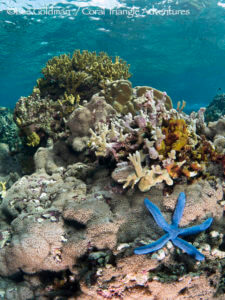


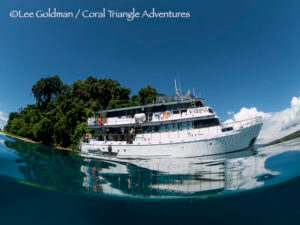

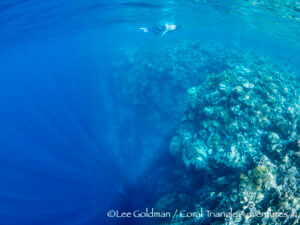
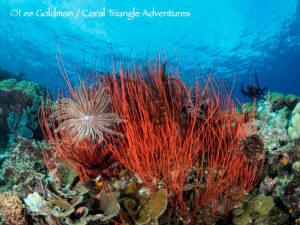
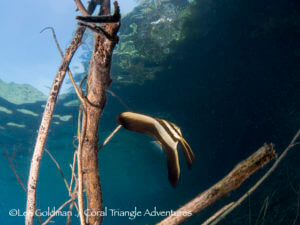

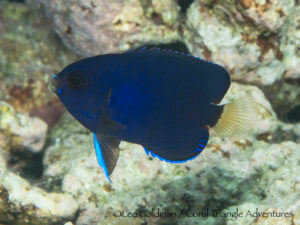
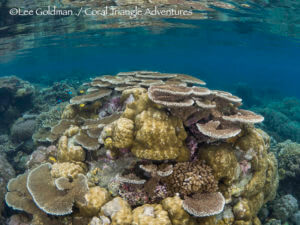

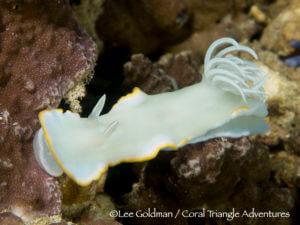
Sounds wonderful … When are you going to do it again?
We hope to do another trip in 2018!